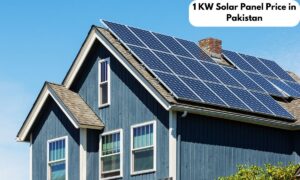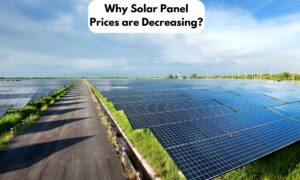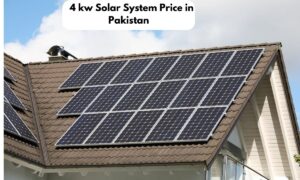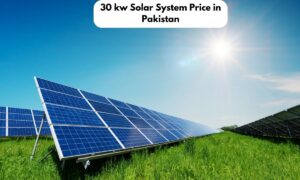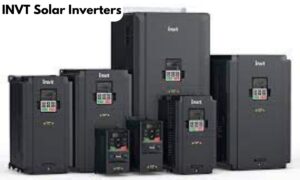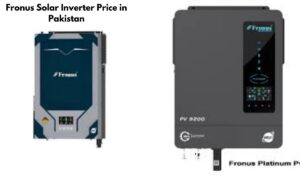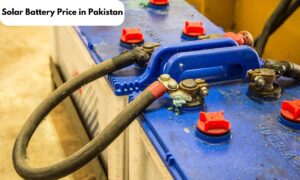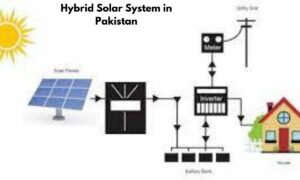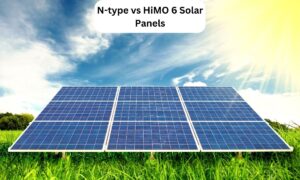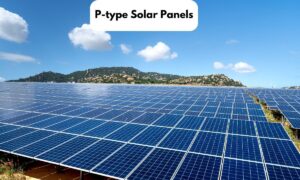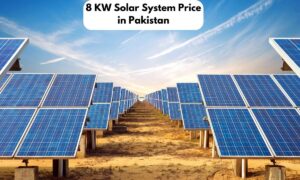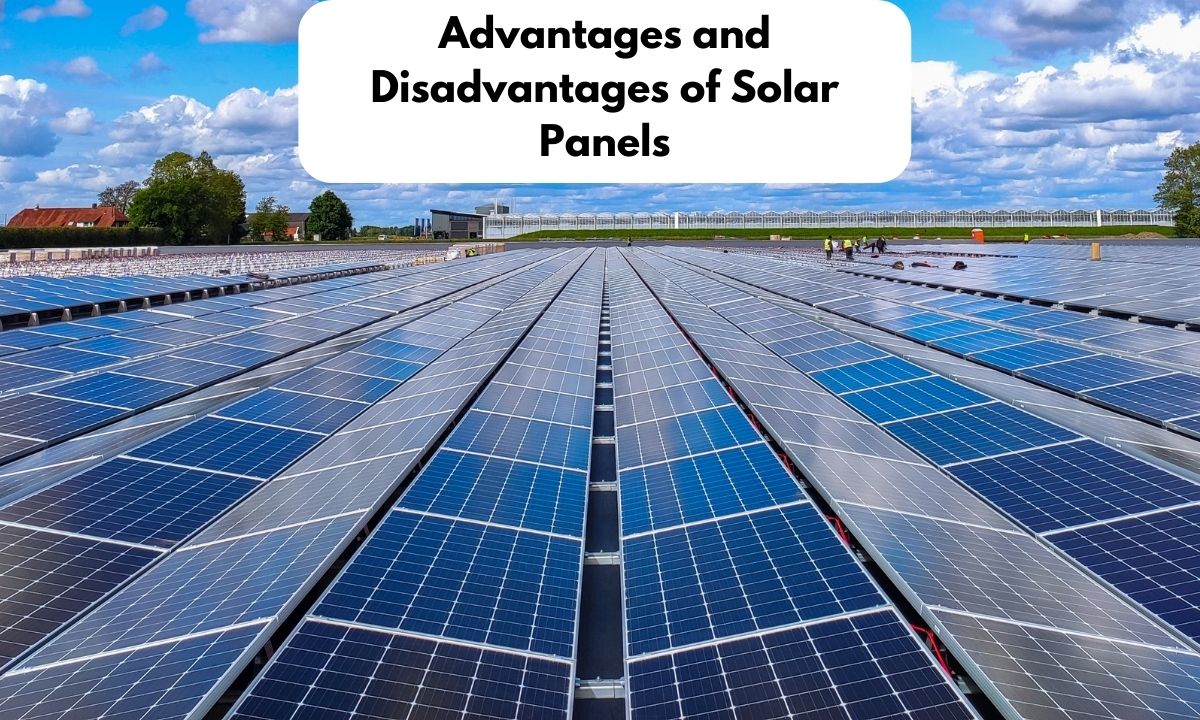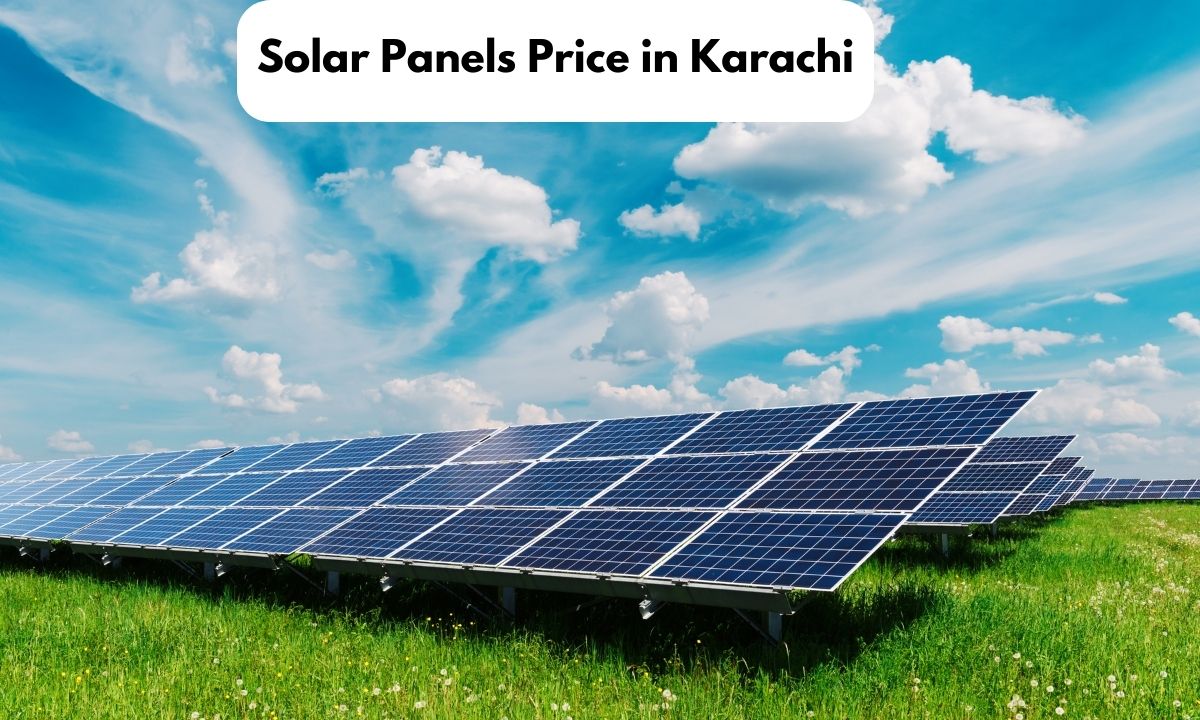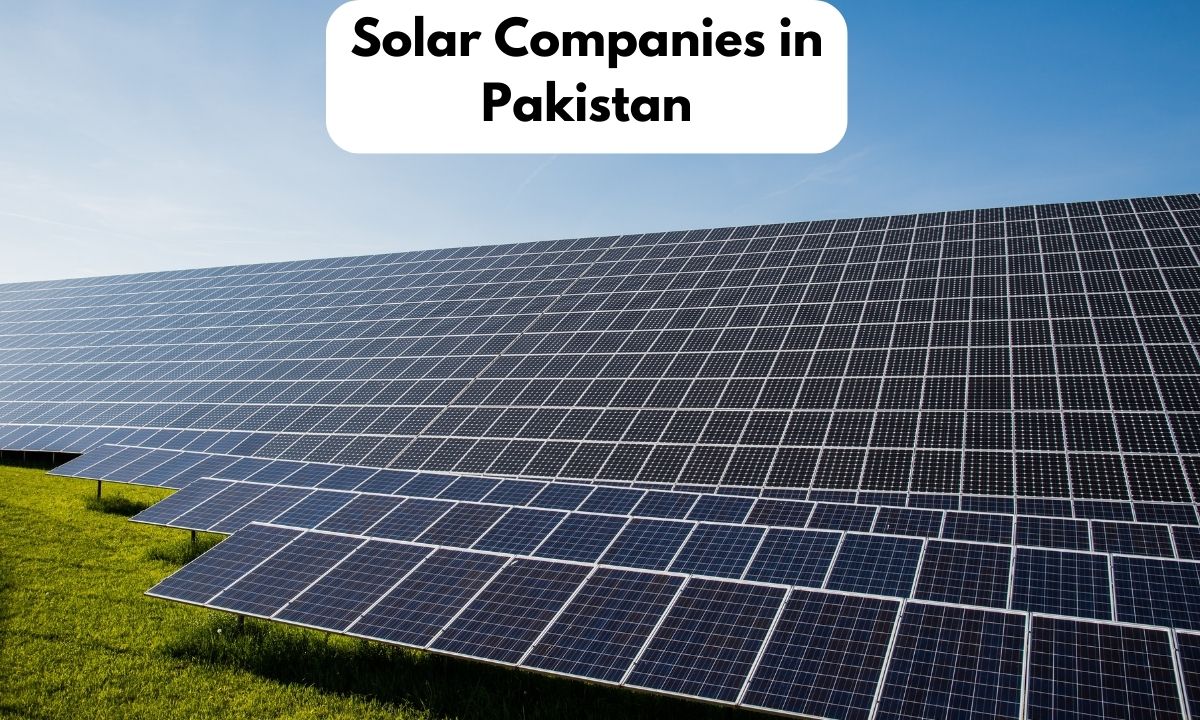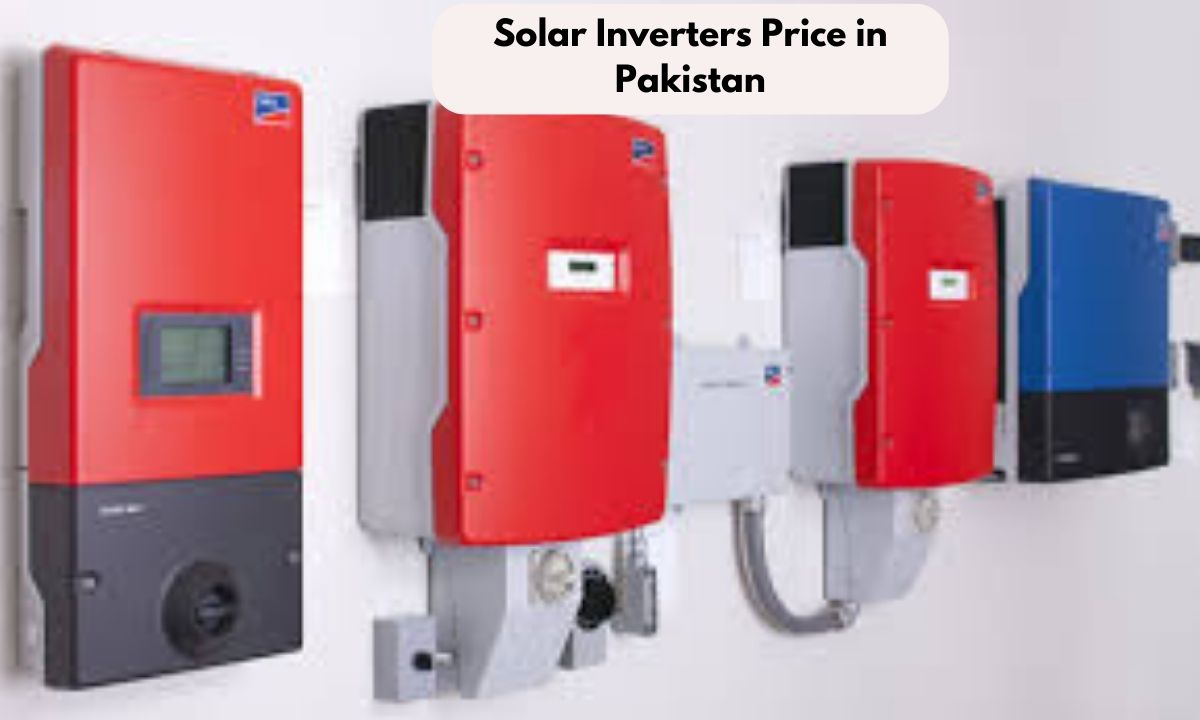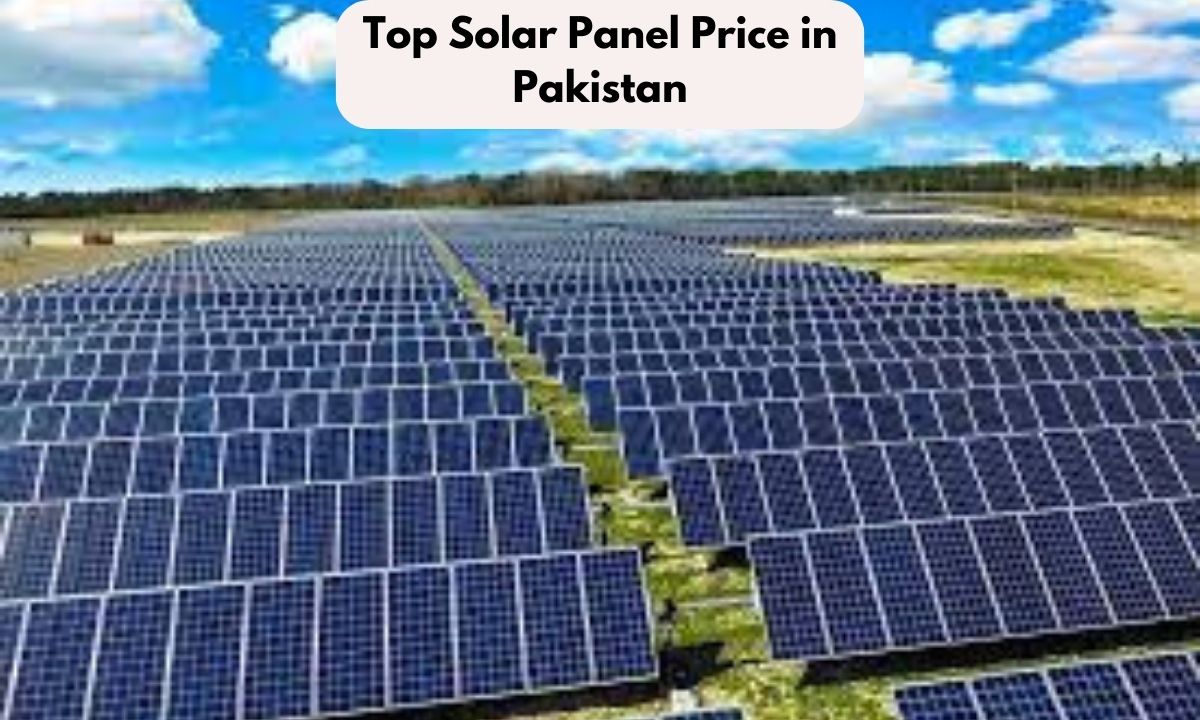Solar PANELS PRICE IN PAKISTAN Nov 2024

A-Grade Solar Panels
| Brand & Features | Price Per Watt (PKR) | Total Price Per Plate (PKR) | Status |
|---|---|---|---|
| Trina Solar Panel 550 Watts | 26 | 14,300 | On booking |
| Osda Energy Tier 1 A Grade 580 Watts N Type | 26 | 15,080 | Out of stock |
| ZN Shine 585 Watts Bifacial A Grade | 29 | 16,965 | In stock |
| Maysun 550 Watts A Grade | 25 | 13,750 | In stock |
| RENA Solar Panel Bifacial 575 N Type A Grade | 25 | 14,375 | In stock |
| Huasun Solar Panels (720 Watts) | 25 | 18,000 | In stock |
B-Grade Solar Panels
| Brand & Specifications | Total Price Per Plate (PKR) | Status |
|---|---|---|
| Longi 550 Watts B Grade | 13,499 | In stock |
| Jinko 550 Watts B Grade (non-documented) | 13,499 | In stock |
| Canadian B Grade 650 Watts | 15,600 | In stock |
| JA Solar B Grade 550 Watts (non-documented) | 13,299 | In stock |
| Various other sizes (650W, 450W, and 350W) | Ranging from 10,499 to 15,399 | In stock |
Longi Solar Panels
| Brand & Specifications | Price Per Watt (PKR) | Total Price Per Plate (PKR) | Status |
|---|---|---|---|
| Longi Hi-Mo 6 (565/575/570/580/585 Watt Single Glass) | 29 | 16,820 | In stock |
| Longi Hi-Mo 7 (580 Watt Bifacial N Type) | 32 | 18,560 | Out of stock |
| Longi Hi-Mo 7 (600 Watt Double Glass N Type) | 32 | 19,200 | Out of stock |
| Longi HiMo 5 (560/555 Watt Single Glass P Type) | 28 | 15,540 | In stock |
JA Solar Panels
| Brand & Specifications | Price Per Watt (PKR) | Total Price Per Plate (PKR) | Status |
|---|---|---|---|
| JA N Type Bifacial (580 Watt) | 31 | 18,135 | In stock |
| JA Solar A Grade (550 Watts Single Glass) | 26 | 14,300 | Out of stock |
Jinko Solar Panels
| Brand & Specifications | Price Per Watt (PKR) | Total Price Per Plate (PKR) | Status |
|---|---|---|---|
| Jinko N Type (585 Watt A Grade Documented) | 31 | 18,135 | In stock |
Canadian Solar Panels
| Brand & Specifications | Price Per Watt (PKR) | Total Price Per Plate (PKR) | Status |
|---|---|---|---|
| Canadian Topcon Solar Panel (585 Watt) | 32 | 18,135 | In stock |
Types of Solar Plates
Solar panels are categorized into several types based on their material composition and efficiency:
- Monocrystalline Panels: Known for high efficiency and longevity. They are made from single-crystal silicon and are generally more expensive.
- Polycrystalline Panels: Made from multiple silicon crystals, these panels are less efficient than monocrystalline but are often cheaper.
- Bifacial Panels: These can capture sunlight on both sides, enhancing energy generation.
- Thin-Film Panels: Made from a variety of materials and generally less expensive but also less efficient compared to crystalline panels.
Each type has its own advantages and disadvantages, making it essential for consumers to choose based on their specific energy needs and budget.
Installation Guide
Installing solar panels involves several crucial steps:
- Assessment of Energy Needs: Determine how much energy you need based on your household or business requirements.
- Site Evaluation: Analyze the location for sunlight exposure and potential shading from trees or buildings.
- System Design: Choose the appropriate type and number of solar panels based on your energy assessment.
- Permits and Regulations: Ensure compliance with local regulations and obtain necessary permits before installation.
- Installation Process:
- Mounting the solar panels securely on rooftops or ground mounts.
- Connecting the panels to an inverter that converts DC electricity to AC electricity for home use.
- Setting up a monitoring system to track performance.
- Final Inspection: Conduct a thorough inspection to ensure everything is functioning correctly.
Professional installation is recommended to ensure safety and efficiency.
Additional Considerations
- Inverters: Essential for converting solar energy into usable electricity. Various types include string inverters, microinverters, and power optimizers.
- Maintenance: Regular cleaning and inspection of solar panels can enhance performance and lifespan.
- Financial Incentives: Look into government subsidies or incentives that may be available for solar installations.
The growing interest in solar energy in Pakistan is driven by rising electricity costs and a commitment to sustainable practices. As more individuals and businesses transition to solar power, understanding these elements becomes crucial for making informed decisions.
What are solar panels, and how do they function?
Solar panels are devices designed to convert sunlight into electrical energy. They consist of photovoltaic (PV) cells that capture sunlight and generate direct current (DC) electricity. An inverter then transforms this DC electricity into alternating current (AC), which can be utilized to power homes and businesses.
What is the price range for solar panels in Pakistan?
The price of solar panels in Pakistan varies based on brand, type, and specifications. As of November 2024, A-grade panels typically range from around PKR 13,750 to PKR 18,000 each, while B-grade panels start at approximately PKR 10,499
Are there any government programs or incentives for solar panel installations in Pakistan?
Yes, the government of Pakistan provides various incentives to promote solar energy usage, including tax exemptions and financial subsidies for solar installations. It is advisable to consult local authorities or energy departments for the latest information on available incentives.
How can I determine the appropriate size of a solar system for my home?
To find the right size for a solar system, assess your average energy consumption by reviewing your electricity bills. Consider factors such as household size, types of appliances used, and peak usage times. Consulting with a solar energy expert can also help customize a system to meet your specific needs.
What steps are involved in the installation of solar panels?
The installation process generally includes:
Site Assessment: Evaluating the location for optimal sunlight exposure.
System Design: Creating a design based on your energy requirements.
Installation: Mounting the solar panels and connecting them to an inverter.
Final Checks: Testing the system to ensure it operates effectively.
What is the typical lifespan of solar panels?
Most solar panels are designed to last between 25 and 30 years, with many manufacturers offering warranties that cover performance for at least 25 years. Regular maintenance can help extend their operational life.
Is it necessary to have batteries with my solar panel system?
While batteries are not required, they are recommended if you want to store excess energy generated during the day for use at night or during cloudy weather. This can increase your energy independence and reliability.
How should I maintain my solar panels?
Maintenance for solar panels is generally minimal but includes:
Regular cleaning to remove dust or debris that may obstruct sunlight.
Periodic inspections to check for any signs of damage or wear.
Monitoring system performance through an inverter display or monitoring application.
- 35 KW Solar System Price in Pakistan (Latest Guide)
- 1 KW Solar System Price in Pakistan (2024 Price Guide)
- Why are the Prices of Solar panels Decreasing? (Find Out)
- 150 watt solar panel price in Peshawar (Latest Guide)
- Solis Inverters Price in Pakistan (Latest Guide)
- 6kw Solar System Price in Pakistan (Latest Guide)
- 2kw Solar System Price in Pakistan (Latest Guide)
- 4kw Solar System Price in Pakistan (2024 Price Guide)
- 30 kW Solar System Price in Pakistan (2024 Price Guide)
- INVT Solar Inverters (A Sustainable Energy Solution in Pakistan)
- Fronus Solar Inverter Price in Pakistan (Latest Guide)
- Solar Battery Price in Pakistan (2024 Price Guide)
- Hybrid Solar System in Pakistan (A Detailed Guide)
- Inverex 3.2kw Price in Pakistan (2024 Price Guide)
- MPPT Charge Controllers Price in Pakistan (Latest Guide)
- N-type vs. HiMO 6 Solar Panels: Which One is Better (Find Out)
- What is a P-type solar Panel? (Find Out)
- 8kw Solar System Price in Pakistan (Latest Guide)
- Advantages and Disadvantages of Solar Panels
- What is Jinko Solar? (A Comprehensive Guide)
- Meezan Bank Solar Financing (A Comprehensive Guide)
- Solar Panel Price in Karachi (Latest Guide)
- Solar Companies in Pakistan (Latest Guide)
- Solar Inverter Price in Pakistan (2024 Price Guide)
- Top 10 Solar Panels in Pakistan (Latest Guide)

